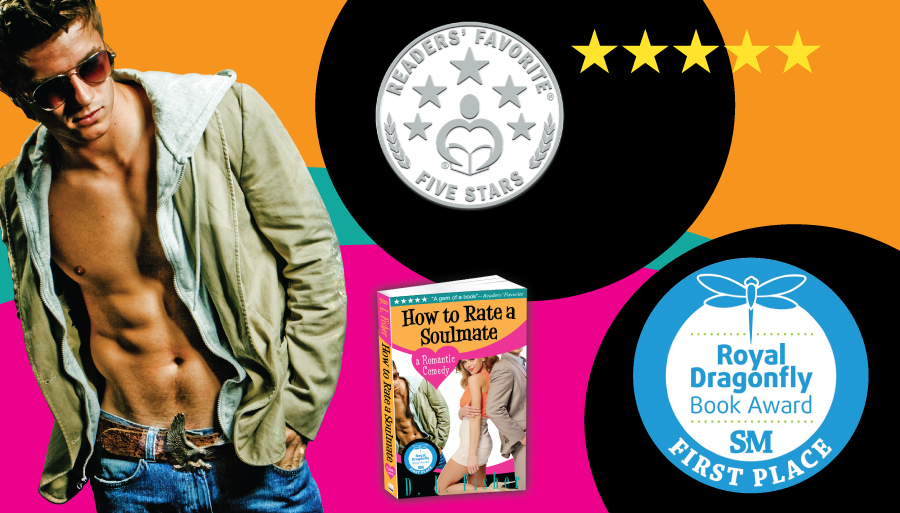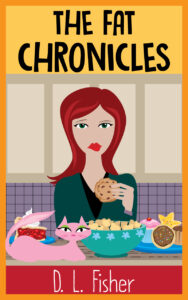
From Traditionally Published to Self-Published
The business of writing and selling a book is easier and harder than ever.
Self-publishing is accessible to anyone now, but getting the job done well can be a crazy challenge in many ways. I was a traditionally published author and illustrator when I decided to self-publish. It nearly ripped my brain to shreds trying to jump over the hurdles I encountered.
How I ended up self-publishing . . .
While freelancing as an illustrator, I started writing short stories as a creative outlet. This led pretty quickly to a practice novel—which, being my first attempt, sucked, but it was a great learning experience. In the meantime, a publisher I was illustrating for asked me to write a how-to book. So my career shifted slightly to include professional writing.
I found my voice in my second novel. Skip to my third novel and now I have an agent. But publishing was in the middle of a huge industry change. The advantages of being traditionally published were quickly being outweighed by the advantages of self-publishing—unless your name was Stephen King or Patricia Cornwell. I regrouped and got serious about publishing my own books.
Creating the ebook.
I thought, This is going to be easy. Boy was I wrong. I was used to working with a whole publishing team, and I was suddenly faced with having to do everything myself. The first task, after gobs of rewrites and paranoid edits, was learning to properly format an ebook.
It was a nightmare of epic proportions and serious brain-shredding.
Just trying to get a solid overview of the whole shebang in the scattered, disconnected book-publishing help section on Amazon scrambled my brain, and sent me scouring the Internet for clearer, straight-to-the-point information that didn’t leave out crucial bits. Of course, this was also like slogging through mud in torrential rain, and I was lost in rabbit hole after rabbit hole, trying this and then that, discarding it all as inferior, getting blown off by the Amazon support team, and frustrated with no clear path in sight.
I spent months researching ways to properly format with Word, freeware, apps, code, add-ons, advice from every YouTube author dishing it out, and something always went wrong. I’d upload a ms. to Amazon KDP, and on some device the formatting was lost, messed up, or my book just looked like crap.
(It must be noted at this point that I am a perfectionist and I don’t give up dammit. Being an artist, I want things to look the way I want things to look, down to every detail. But I am also an entrepreneur/freelancer and I know the value of cutting losses and compromise. Hence, a sometimes grisly conflict of interest.)
After months of agony, I stumbled upon some luck.
I finally found a YouTuber, Joanna Penn, who interviewed Brad Andalman, one of the two creators (both Brads) of Vellum, an ebook and print book formatting app. I will do another blog post in more detail on the awesomeness of Vellum, but now just let me say, What a relief! And, Wow! And, My formatting troubles were over.
(Just one note on Vellum: It’s for Mac only. Trust me, it’s worth buying a used Mac just to take advantage of this stellar app.)
Vellum not only solved all my ebook formatting issues, it solved a number of other problems as well, such as, Amazon’s iffy book-preview feature, and, how to create the print version. The Brads really know what they’re doing.
That solved, now what?
Well, the thing no artist wants to do: market. So I entered my first self-published novel, How to Rate a Soulmate, in two literary contests as part of my newbie-self-published-author marketing plan. One yielded a really cool 5-star review based on an unpublished draft, and the other a first-place win in the romance genre with the finished print version. 😀
I’m still slogging through effective marketing strategies, much in the same way I slogged through formatting options: learning curves up the wazoo; shredded brain.
And so the journey continues.
Read the first chapter of How to Rate a Soulmate free, here.
Buy it here.






